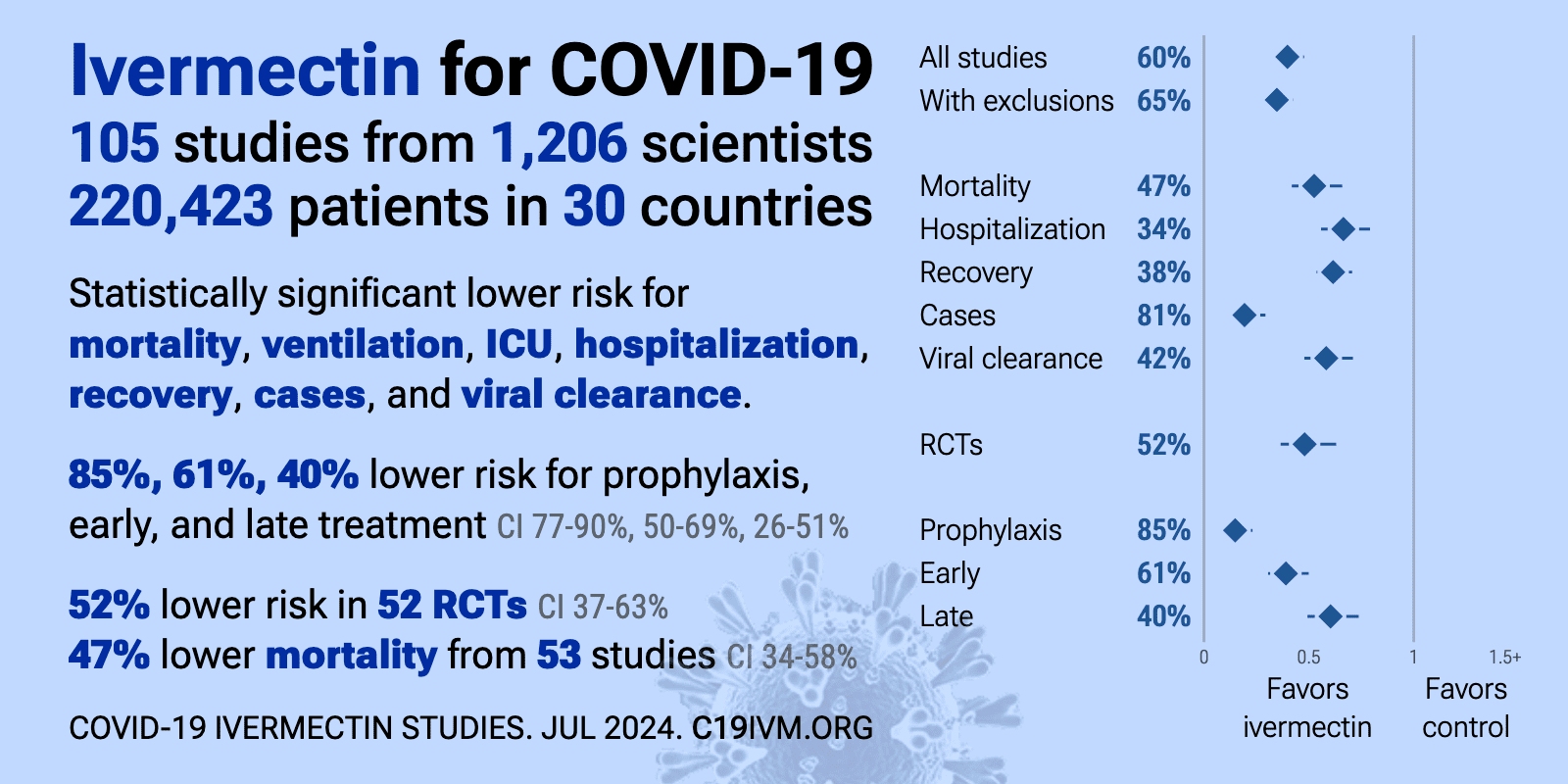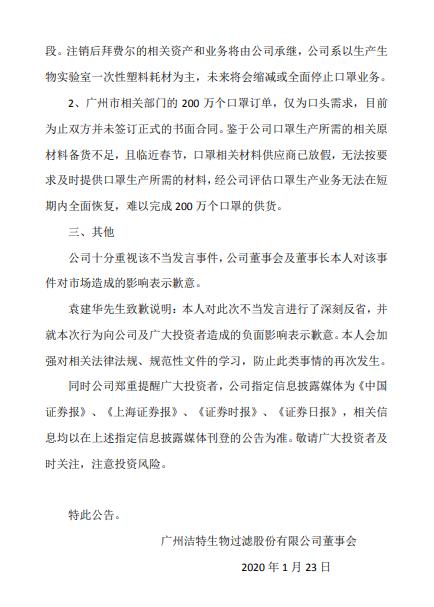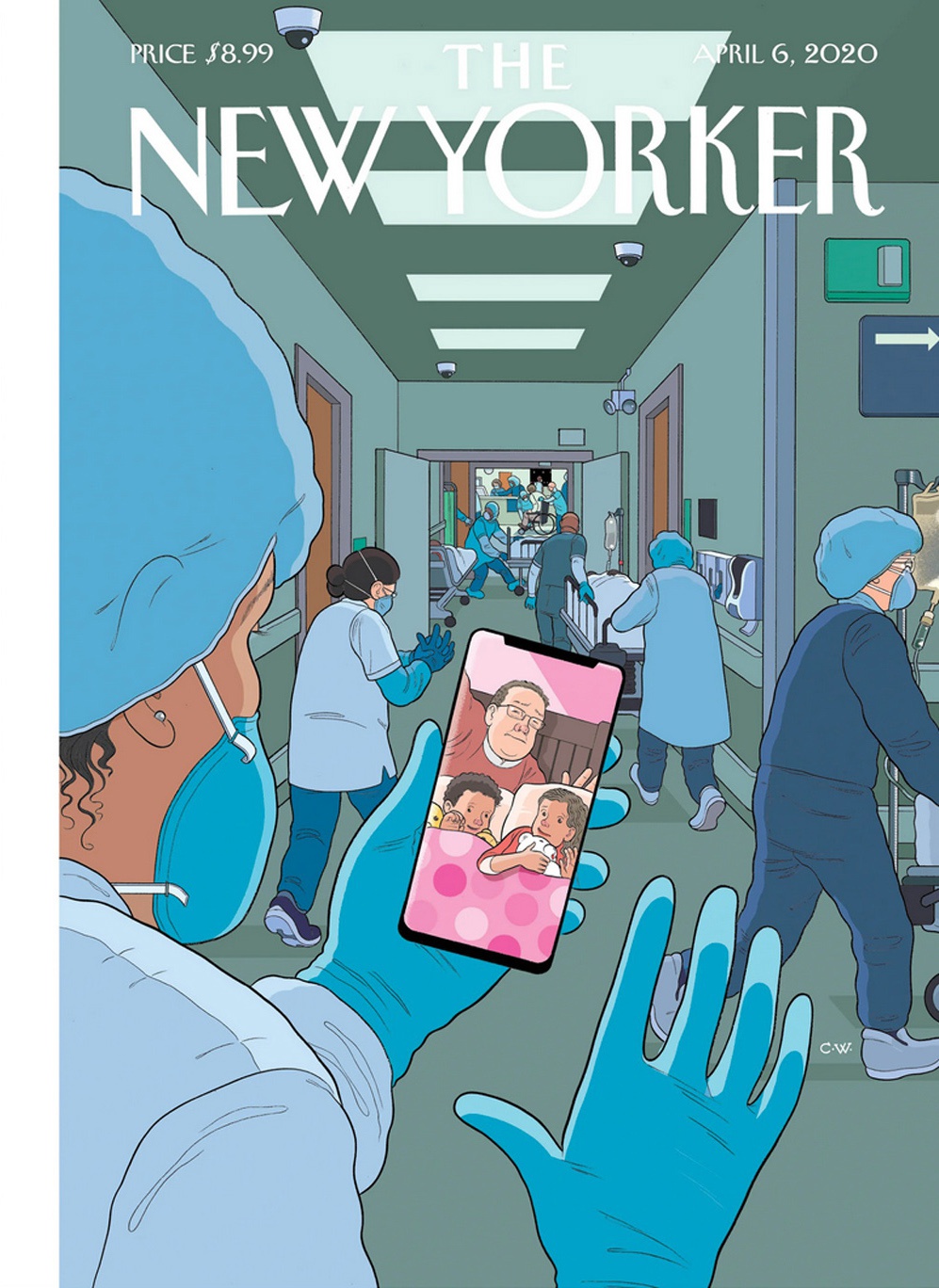The COVID-19 pandemic, officially known as the coronavirus disease 2019 (abbreviated as COVID-19), has reshaped the global landscape in unprecedented ways. Since its first reported case in December 2019 in Wuhan, China, the virus has spread rapidly across borders, infecting millions and causing a significant impact on public health, economies, and societies worldwide. This English overview aims to provide a comprehensive understanding of the COVID-19 pandemic, its origins, transmission dynamics, global response efforts, and the ongoing challenges and lessons learned.
Origins and Early Outbreak
The COVID-19 pandemic was traced back to an outbreak in Wuhan's Huanan Seafood Wholesale Market, where an unknown strain of coronavirus was initially identified. The virus, later named SARS-CoV-2 (Severe Acute Respiratory Syndrome Coronavirus 2), is closely related to the SARS (Severe Acute Respiratory Syndrome) virus that caused an outbreak in 2002-2003. Initial studies suggest that SARS-CoV-2 likely originated from an animal source, possibly bats, before jumping to humans through an intermediate host. The rapid human-to-human transmission capabilities of the virus soon became evident, leading to a global health emergency.
Transmission Dynamics and Characteristics
COVID-19 is primarily transmitted through respiratory droplets released when an infected person coughs, sneezes, or talks. These droplets can land on the mouths or noses of nearby individuals, or on surfaces where they can survive for hours to days. Contact with these contaminated surfaces and then touching one's face increases the risk of infection. The virus is highly contagious, with some individuals becoming infected but showing no symptoms (known as asymptomatic carriers), further complicating containment efforts.
The incubation period for COVID-19 is typically between 2 and 14 days, allowing for a significant period of undetected spread before symptoms appear. Symptoms can range from mild (such as fever, cough, and fatigue) to severe (including pneumonia, acute respiratory distress syndrome, and even death), particularly among those with pre-existing conditions or older age groups.
Global Response and Efforts
In response to the pandemic's severity, governments and international organizations have taken numerous measures to mitigate its spread and impact. These include:
Travel Restrictions and Quarantine: Many countries implemented travel bans and required quarantine periods for incoming travelers to prevent the spread of the virus.
Lockdowns and Social Distancing: Governments introduced lockdown measures to reduce social interactions and slow down the transmission rate. This included closing non-essential businesses, schools, and public spaces.
Vaccine Development and Distribution: The global scientific community mobilized rapidly to develop vaccines against SARS-CoV-2. Several vaccines were successfully tested and rolled out in record time, with various countries implementing vaccination programs to protect their populations. However, vaccine inequality remains a significant challenge, with some countries having access to vaccines while others struggle to obtain even basic doses.
Testing and Contact Tracing: Widespread testing campaigns and contact tracing have been implemented to identify cases early and prevent further transmission. Digital tools have played a crucial role in tracking movements and alerting individuals about potential exposure.
Financial Support and Economic Stimulus: Governments introduced financial relief packages to support businesses, workers affected by lockdowns, and ensure the continuity of essential services. This included stimulus packages aimed at reviving economies post-pandemic.
Challenges and Lessons Learned
Despite these efforts, the COVID-19 pandemic continues to pose significant challenges:
Variants of Concern (VoCs): The emergence of new viral variants has raised concerns about vaccine effectiveness and the ability to contain the pandemic. Some variants are more transmissible or have increased virulence, necessitating ongoing monitoring and adaptation of public health measures.
Inequities in Access to Resources: The pandemic has exposed deep inequalities in access to healthcare, vaccines, and essential resources worldwide. Low-income countries face particular challenges in managing the pandemic due to limited resources and infrastructure.
Mental Health Impact: The pandemic has taken a significant toll on mental health, with increased reports of anxiety, depression, and other forms of psychological distress among individuals and communities. The long-term effects of social isolation and economic uncertainty remain a concern.
Economic Disruption: The pandemic has caused widespread economic disruptions, including job losses, business closures, and supply chain disruptions. The recovery process is expected to be slow and uneven, with some sectors recovering faster than others.
Conclusion: Moving Forward
The COVID-19 pandemic has underscored the importance of global cooperation, scientific collaboration, and preparedness for future health crises. As we continue to navigate this ongoing crisis, several key lessons have been learned:
Invest in Public Health Infrastructure: Strengthening public health systems globally is crucial for early detection, prevention, and management of future pandemics. This includes investing in healthcare infrastructure, training healthcare workers, and improving access to essential services.
Promote Global Vaccine Equity: Ensuring equitable access to vaccines is vital for controlling pandemics globally. International cooperation is needed to share vaccines, technologies, and financial resources among all countries.
Digital Health Solutions: The pandemic has highlighted the potential of digital health solutions for tracking infections, delivering healthcare services remotely, and improving public awareness. Continued investment in digital health infrastructure is necessary for future pandemics.
Climate Change Adaptation: The pandemic has also underscored the importance of addressing climate change as it affects public health through increased extreme weather events and vector-borne diseases. A resilient approach to health must consider both health security and environmental sustainability.
转载请注明来自爬爬百科,本文标题:《全球疫情下的导航,COVID-19大流行病的英语概述》












 京ICP备11000001号
京ICP备11000001号
发表评论